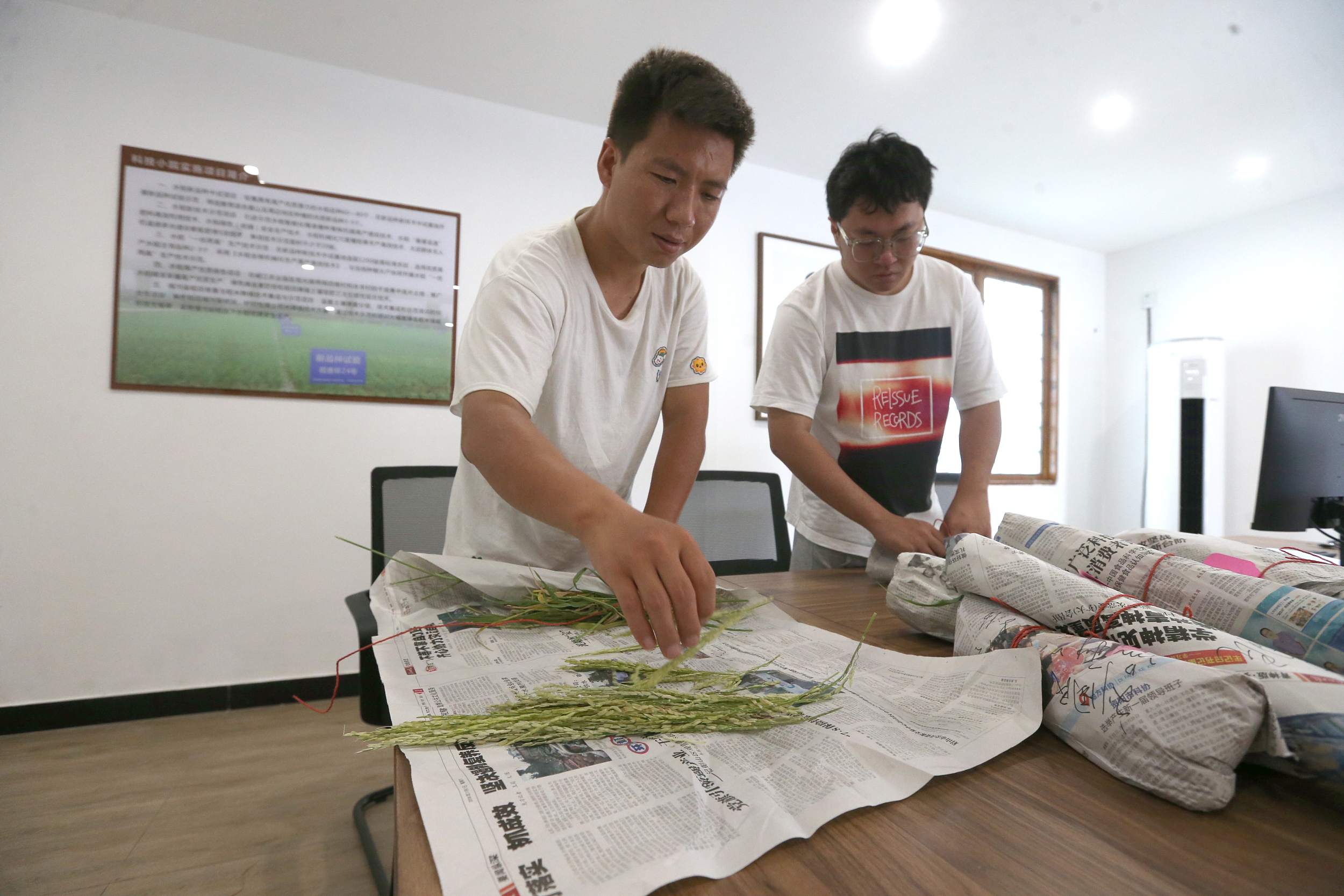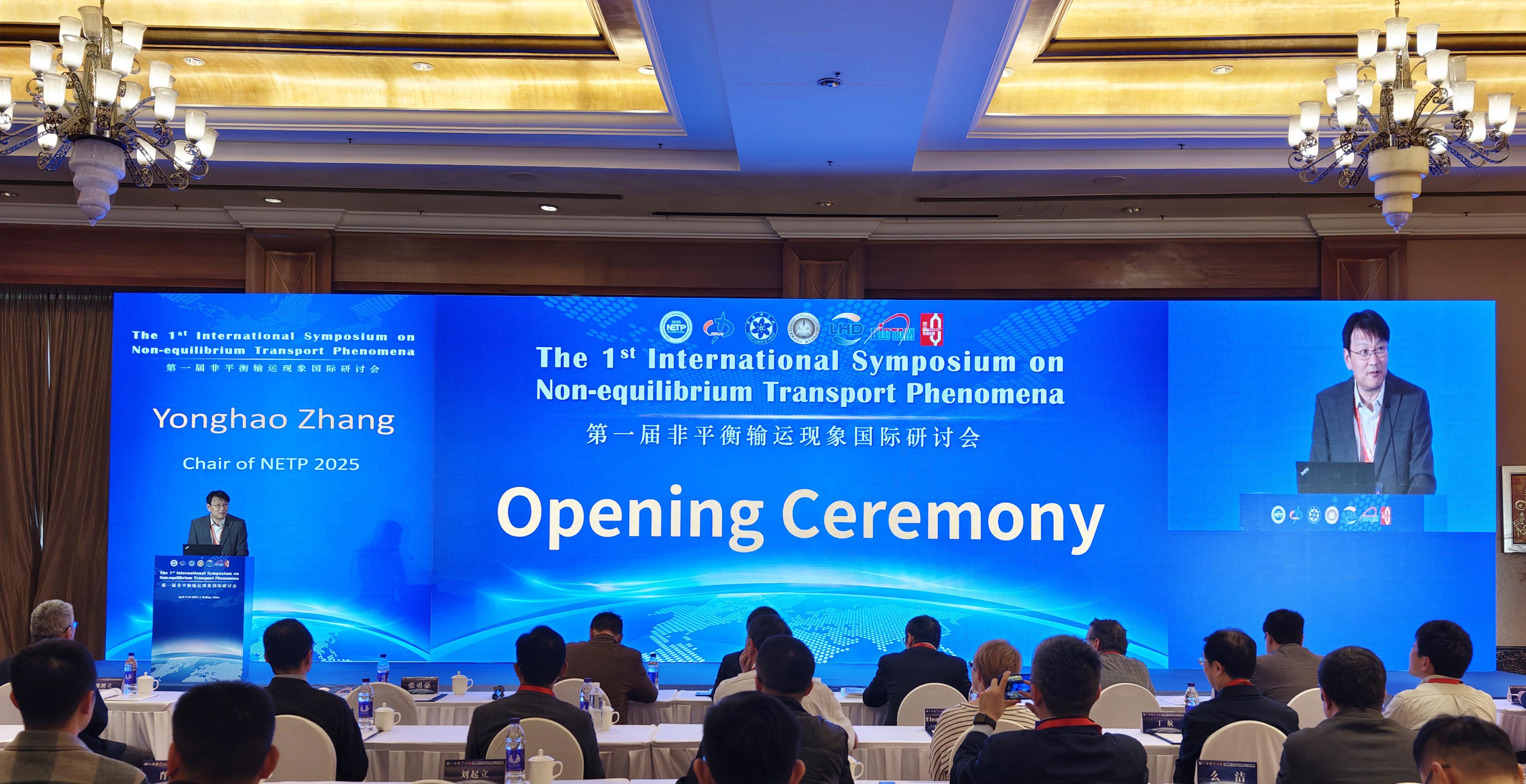STB Model Boosts Agricultural Modernization

Researchers experiment with new rice varieties at the science and technology backyard of the Sichuan Agricultural University in Yongfeng village, Meishan city of Sichuan province. (PHOTO: VCG)
By CHEN Chunyou & MA Aiping
"Whenever I look back on the work and life at the science and technology backyard (STB), the memory of operating on the farmland is fresh in my mind. The STB is a vivid example of making research out of practice and putting research results into practice again," Han Saizheng, a postgraduate student at Northwest A&F University's Ningxia Tanyang STB, told Science and Technology Daily.
For the first time, the STB has been written into the No. 1 Central Document. The 2024 version, released in early February, stresses promoting the STB model and encouraging experts from research institutes and universities to serve agriculture and rural areas.
The basic configuration of an STB is a backyard with a few cottages where students work and then do research. The China Agricultural University (CAU) established the first STB, the Baizhai STB in Quzhou county, Hebei province, in 2009.
In 2022, the Ministry of Education, the Ministry of Agriculture and Rural Affairs, and the China Association for Science and Technology jointly issued a notice on popularizing the STB talent cultivation model among postgraduate students in rural areas, and a second one on supporting the construction of a batch of STB. These two documents reinforced support for STBs and provided targeted services for agriculture and rural areas by expanding the scale of talent cultivation and strengthening standardized management.
Zhang Fusuo, founder of the STB model and a professor at CAU, told Science and Technology Daily that the original intention of establishing the STBs was to send agricultural postgraduate students to the frontline of agricultural production. These students are expected to provide farmers with technological training and services, and help solve practical problems in agriculture and rural affairs.
Although the STBs are small in scale, they play a huge role in serving agriculture and revitalizing rural areas. "The model moves research from laboratories to farmers' fields, forming a pattern of collaborative innovation with universities and research institutes," said Lin Wanlong, vice president of CAU.
To date, more than 30 agricultural universities have established about 300 STBs, covering nearly 20 provinces and provincial-level regions.
The STBs have become an engine for the modernization of agriculture and rural areas. "In the future, this model should not only target small-scale farmers and the upgrading of traditional production technologies, but should also connect with modern industries and enterprises," Lin said.
The STB model has also been promoted in Laos and eight African countries. "It has evolved from the initial stage 1.0 to the current stage 3.0," Zhang said. "In the 1.0 stage, the main focus was to assist small-scale farmers, providing them with technical services, and motivating more small-scale farmers to engage in this model through technological demonstrations in households and large farms. In the 2.0 stage, it aimed to promote the upgrading of rural industries, increase farmers' income and rid them of poverty. The 3.0 stage is to empower rural revitalization with strong technology and talent support."
"Seeing that the STB has entered a new stage, we hope to bring more changes to the countryside with the joint efforts of the STB faculty and students nationwide," Zhang said.







